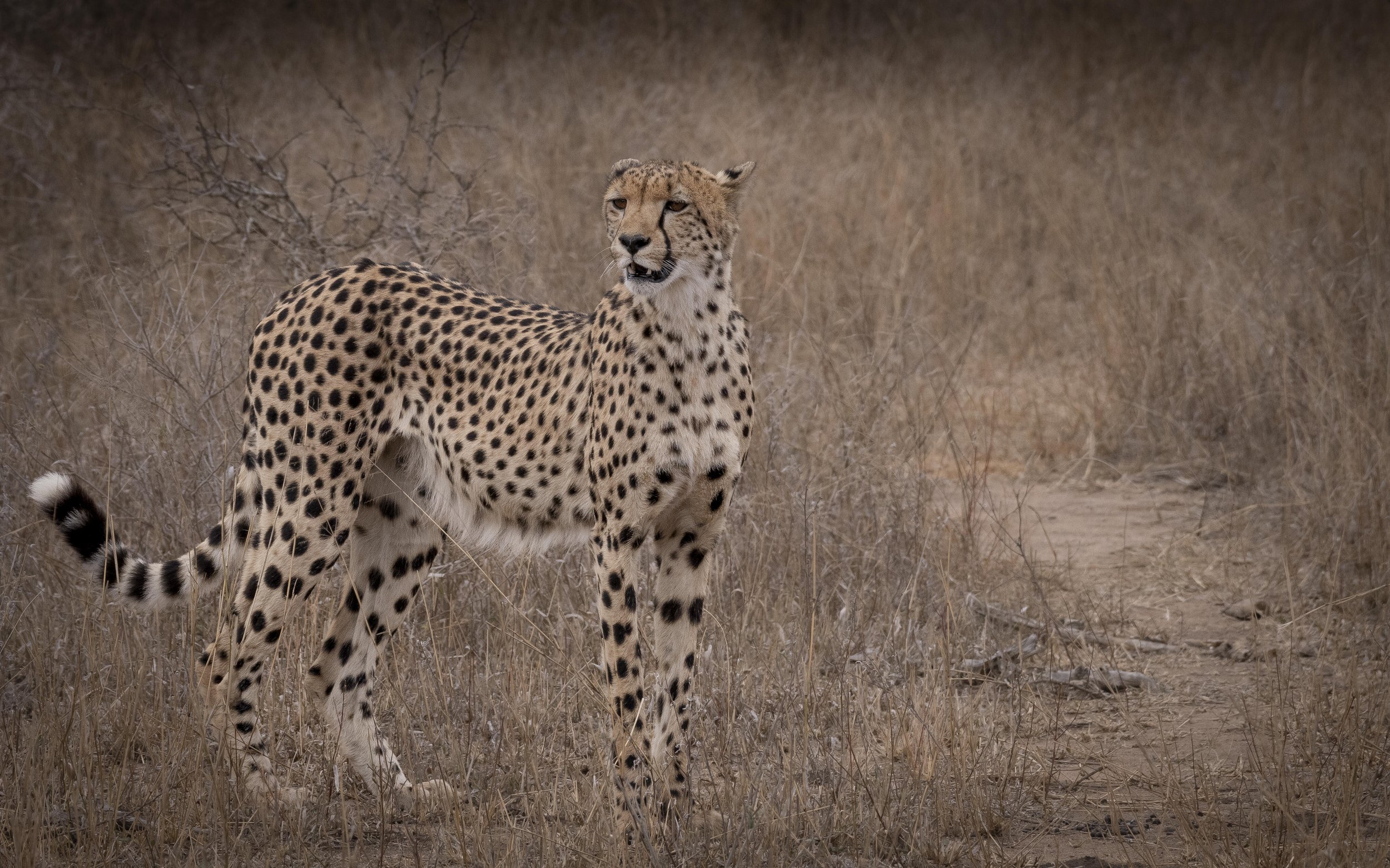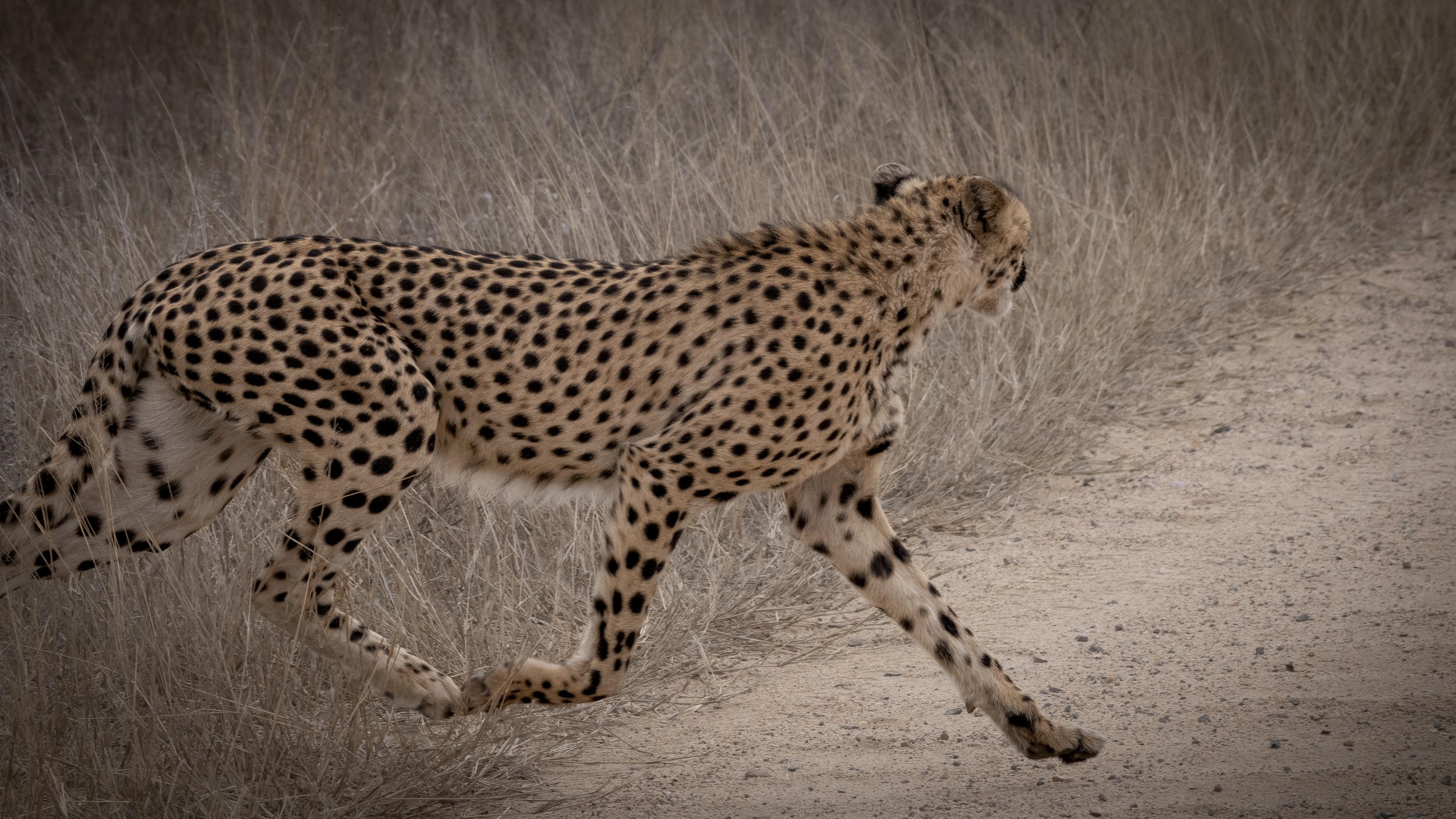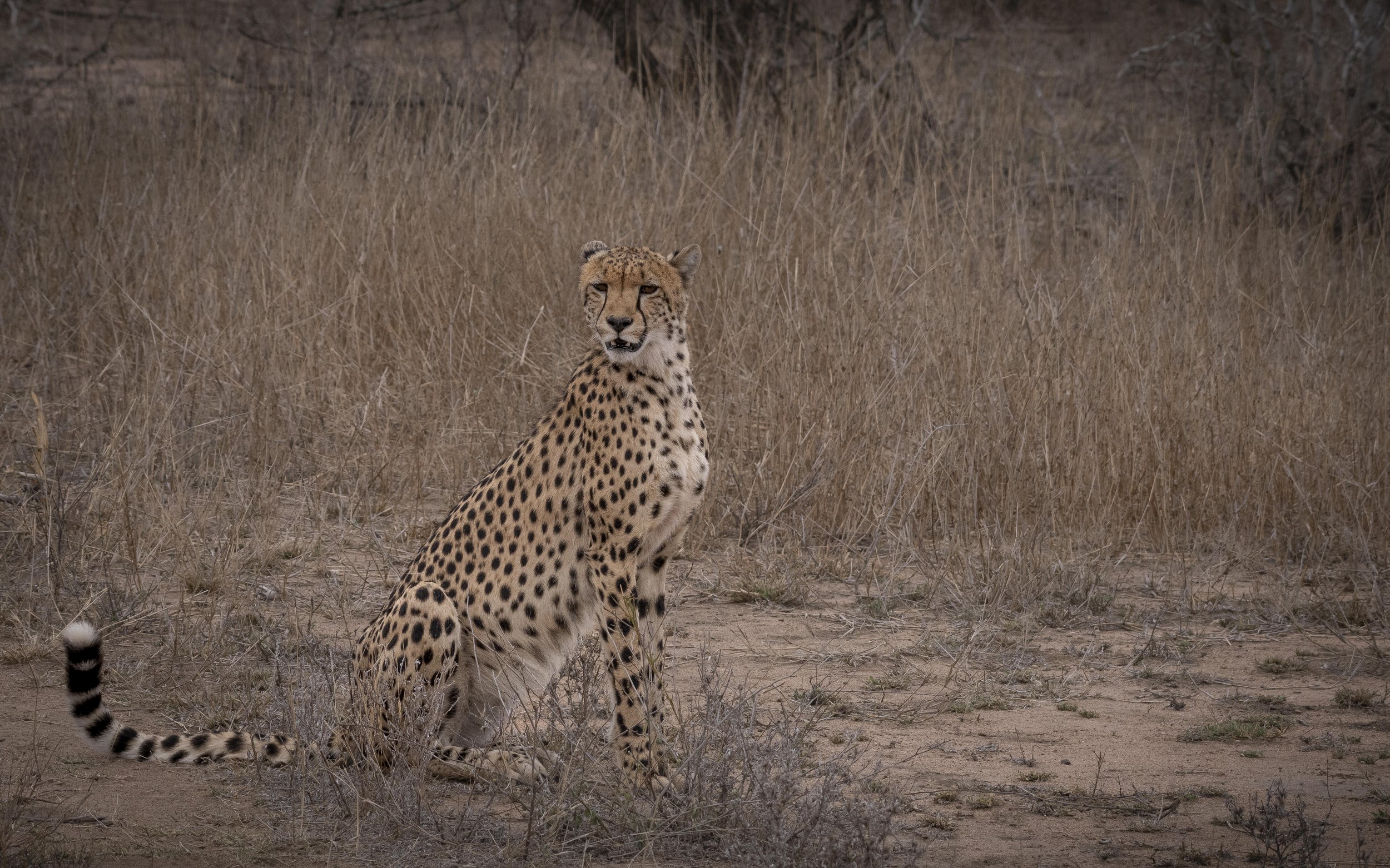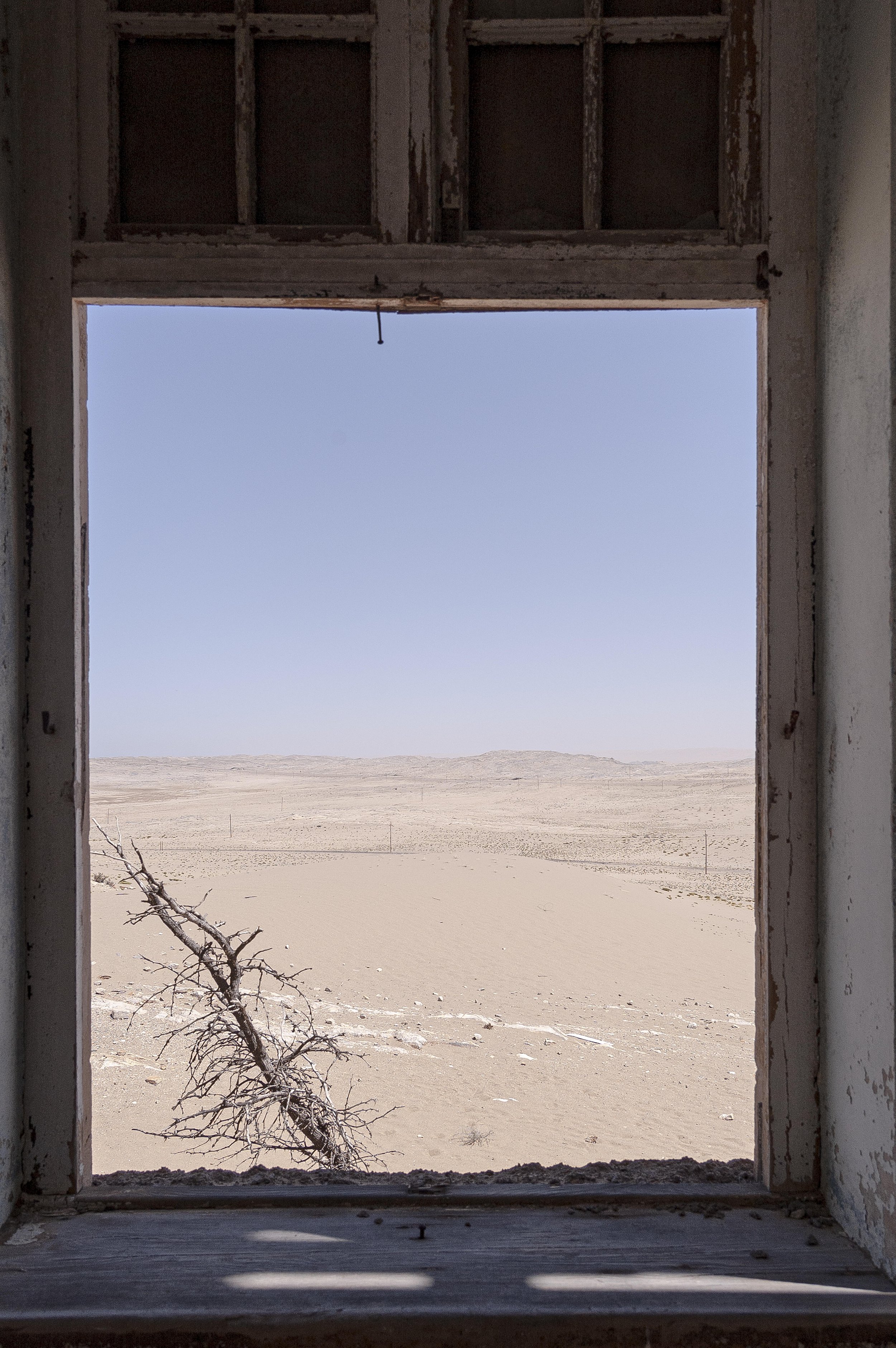Why I Take Photographs
I’ve been taking photographs for most of my life, but sometimes it feels like I’ve just begun….
Bearded woodpecker, Kruger National Park
I’ve been thinking about the amount of time I spend posting photographs to Flickr and Instagram, ‘curating’ (such a pretentious term!) portfolios for my website, posting blogs that possibly no-one - you, Dear Reader, excepted; thank you! - reads, and wondering, not just ‘is it worth it?’ but ‘what on earth am I trying to achieve here?’
Which leads to the further question: why take photographs in the first place?



One answer - which is not an answer, of course - is simply that I’ve always taken photographs, ever since I was a kid - and who doesn’t, nowadays, in the age of Instagram and the smartphone?
The thing is, the reason why I take photographs has changed over time - it’s not what it was even five years ago. My photography has evolved from being mostly a hobby or casual pastime into a more serious pursuit. My approach is today is qualitatively different.
For one thing, I’ve been trying to deepen my understanding and appreciation of photography, through the eyes of the great photographers - Bill Brandt, Walker Evans, Edward Weston, Robert Parks, Robert Frank, David Godlblatt and others - and I’ve been working hard to improve my own work, not just at the technical level but aesthetically and imaginatively.
So, I take photographs because it has become my art or craft.
Rain over the Maluti Mountains
Let me hasten to add that while I might ‘work’ at my photography photography is not my job, and I am not a professional - I rejoice in the title of lucky amateur. Photography for me is a serious pleasure, in the way that making ceramics or creating a garden might be for others. It’s hard work but fun. My life and livelihood do not depend upon it, which is fortunate, as I’d most likely starve.
There is the pleasure, first of all, that comes from ‘seeing’ an image - that moment where the eye says ‘aha’ and the dormant imagination awakening from its slumber responds, ‘yeah, this might be interesting. Perhaps there is something here.’
After the rain. Toronto
And then there is the pleasure of actually taking the photograph - the concentration, the nervous tension, the rapid processing of all sorts of information that goes with figuring out or anticipating what is going on or about to happen in the (often fluid and changing) scene before me, deciding what kind of image I want to make, and from there, deciding where I should position myself, the framing of the image, the depth of field, the shutter speed, the focal point - the absorption of it, the feeling of being fully in the moment, lost to my usual preoccupations, every concern but the act of taking the photograph pushed to the periphery. More intuition than science, everything - if I am lucky and, as they say, the more I practice the luckier I get - coming together in the blink of the shutter.
Afterwards, after the photograph has been taken - sometimes only in retrospect, at the end of a day’s shoot, when I am looking back over my images - there is, too, the remembered, physical and tactile pleasure that comes from the handling of the camera itself - my Leica being, for me, the ultimate embodiment of this, the most perfect expression, in my experience, of what a camera is supposed to feel like and how it should work, though I’m pretty attached to my Nikon too.
So, there is the sensual pleasure, the muscle memory, after the event, that comes from having handled a responsive, beautifully made, fit-for-purpose instrument, and there is the inner excitement and calm - both, simultaneously - that fills the actual moment of making a photograph, to the exclusion of almost all else.
White Elephant. Toronto
Now, when I press the shutter, I generally have a fairly clear idea of what it is I am trying to show or represent and what I would like the processed image to look like - but the opposite can also be true.
I might have an image in mind and then, when I view the unedited file on my computer monitor, I might see something there that I didn’t see in the moment. It might be something that was physically present - a detail, a trick of light, a happy alignment - that escaped my attention; or it might be a creative possibility, that at the time I didn’t foresee or imagine, that now, on review, when the image is stretched out on the screen before me, suddenly or gradually emerges - a new way of seeing what I thought I had seen before, or, sometimes, a scraping away at the surface of the image to get at its core.
So the act of processing an image is an act both of presentation and refinement and an act of creation or discovery.
It is also, like the moment of taking the photograph itself, an act of attention - paying attention to the world, and hearing the silence and the distant echo.
A view of the Namibian desert at Kolmanskop
The photograph is taken, the image is processed. So what, then, is it that I hope you will see, when you see the finished photograph?
First up, what you are most likely to see, such is the pull of social media, is a screen image - a picture on Flickr or Instagram or Vero or, better yet, on my website. Viewed, ideally, not on the pusillanimous little screen of your smartphone, but (at least) on an iPad or, even better, on the larger screen still of your laptop or desktop computer.
But what I would really like you to see, actually, is not a screen image at all, but a high quality, fine art print, beautifully framed and hung on a wall, there to be viewed and enjoyed and hopefully admired.
Spain, The Alhambra
Appreciated, I would hope, not just as a superficial representation of whatever it is that I saw and photographed - an ‘I was there, and this is what it looked like’ kind of image - nor as simply a form of analysis or - forgive the play on words - an act of exposure, as if by photographing something you are rendering it naked, transparent, easily apprehended.
By ‘seeing’ I mean in fact the opposite: that the photograph is a moment of deep attention, an imaginative and aesthetic and, dare I say, a moral acknowledgement of the world that is out there, independent of us, and independent of our own subjective preoccupations.
The photograph is a moment of stillness, not just in the obvious sense that the camera has captured an instant in time, but in the sense of a moment selected, considered, placed somehow in a wider order of things, felt as a fragment of time is felt in the context not only of our own lives but of the world we live in, the world that precedes us and goes on, and will continue to go on, with us and, one day, without us.
Sometimes, too, it is a comment on that world - humorous, ironic, celebratory, sympathetic - a way of participating and sharing.
Rhinos, Hluhluwe Game Reserve
If there is a beauty to any of the images that result, it is not, or at least is not intended to be, about the ‘prettiness’ that people sometimes confuse beauty with.
If I were to try and put my finger on it, I think I would say that the beauty I am looking for, and hoping to present in the finished (printed!) photograph, is a beauty of composure, in the sense of composition, certainly, but also in the sense of the elements that the photograph has brought together and combined - light, texture, subject matter, context, the photographer’s sensibility and perspective - and, at still another level, composure in the sense of the stillness and attentiveness of both photographer and viewer, who are prompted to pause, to observe and to contemplate both the world and the act of representing and reading it and, in so doing, to recognise and honour it.
Dunes, Namibia
This might be a good a place to circle back to where we started. Why do I take photographs? Because of the intrinsic pleasure and reward of making them; and because I want them to be seen. Seen, because I think it is important that the world should be seen - not as our plaything, to be consumed and exploited, not as some narcissistic extension of ourselves, but as a living miracle, fragile, terrible, beautiful and ravaged, and all that we have.
It is the seeing that matters, not the likes and faves on Flickr and Insta. So while it is nice to get the clicks and rewards on social media, what I would really like to know is, how is the work perceived and regarded. Is it worthy?
With this in mind, my New Year’s resolution is not to give up on social media - it is, after all, one way of getting the work out there, and getting some feedback (I do so appreciate it when someone takes the time to send an actual comment, instead of just hitting ‘like’) but to focus more of my time, and put more creative effort, into submitting my work to exhibitions and perhaps a couple of the more serious competitions, to test the waters, and see if it stands up.
Would I still make photographs, though, even if no-one saw them?
You’re damn right I would.
Happy New Year!






